Top 5 marine creatures that break longevity records
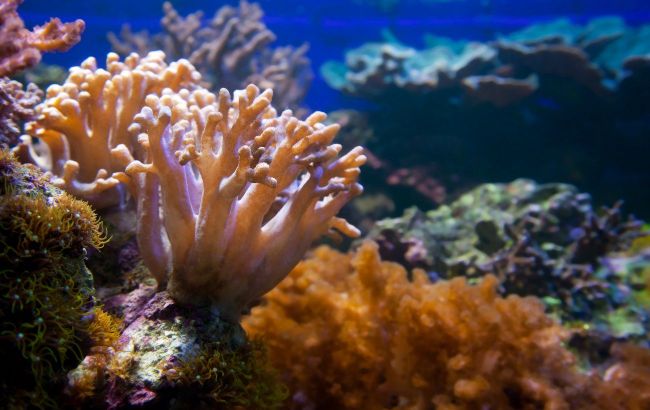 Sea creatures that live for many years (photo: Freepik)
Sea creatures that live for many years (photo: Freepik)
Many creatures in the ocean depths amaze the human imagination. Some of them remain unexplored, while others are already known to people for their long life.
RBC-Ukraine compiles a list of 5 marine creatures that are different from the rest.
Red sea urchins: 200 years
Red sea urchins (Strongylocentrotus franciscanus) are small, round invertebrates with spines that live in the coastal waters of North America, from California to Alaska. They feed mainly on marine plants.
Scientists used to think that sea urchins grow quickly and live for about 10 years. But new studies have shown that these creatures grow very slowly and can live much longer, even for centuries, if they avoid predators, diseases, and fishermen.
According to a 2003 study, red sea urchins from the northwest coast of the United States can live for more than 100 years, and the oldest ones found in Canada even reach the age of about 200 years.
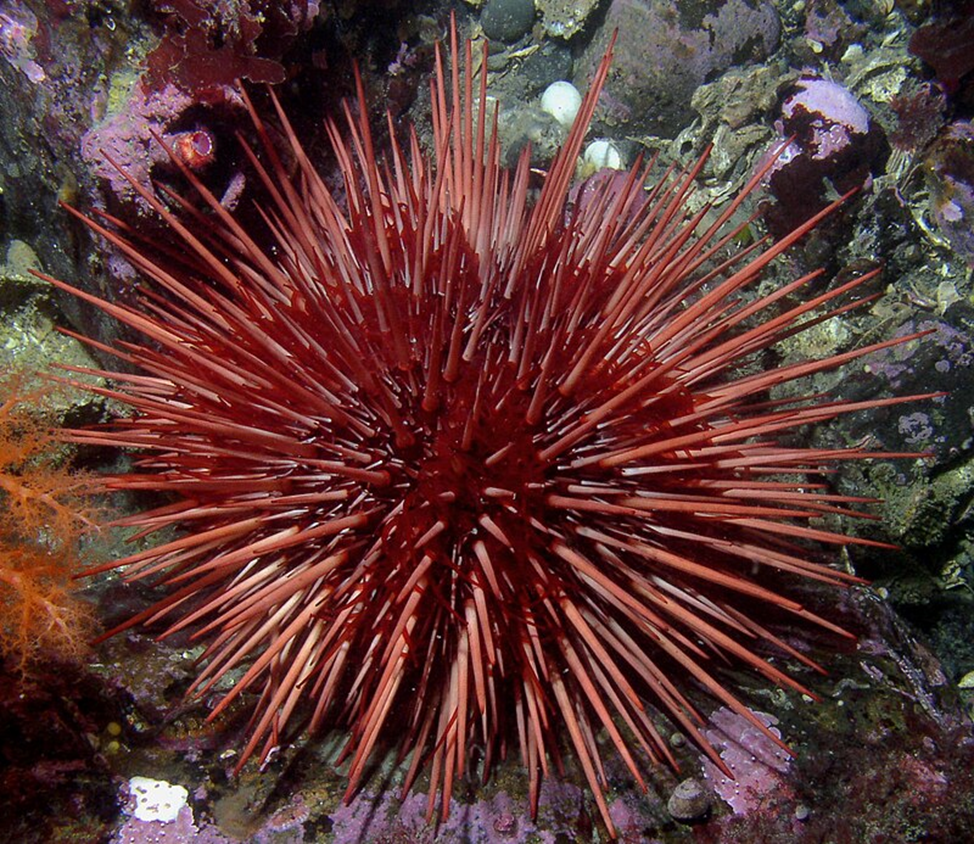 What a red sea urchin looks like (photo: Wikipedia)
What a red sea urchin looks like (photo: Wikipedia)
Aleutian sea bass: over 200 years old
According to the Washington Department of Fish and Wildlife, the Aleutian sea bass (Sebastes aleutianus) is one of the longest-lived fish, with a maximum life expectancy of at least 205 years. These are pink or brown fish that live in the Pacific Ocean from California to Japan.
According to the Committee on the Status of Endangered Wildlife in Canada, they grow up to 97 centimeters in length and eat other animals such as shrimp and small fish.
A 2021 study examined and identified genetic markers of longevity in this fish, including DNA repair pathways that may help prevent cancer. Long life allows sea bass to reproduce in large numbers.
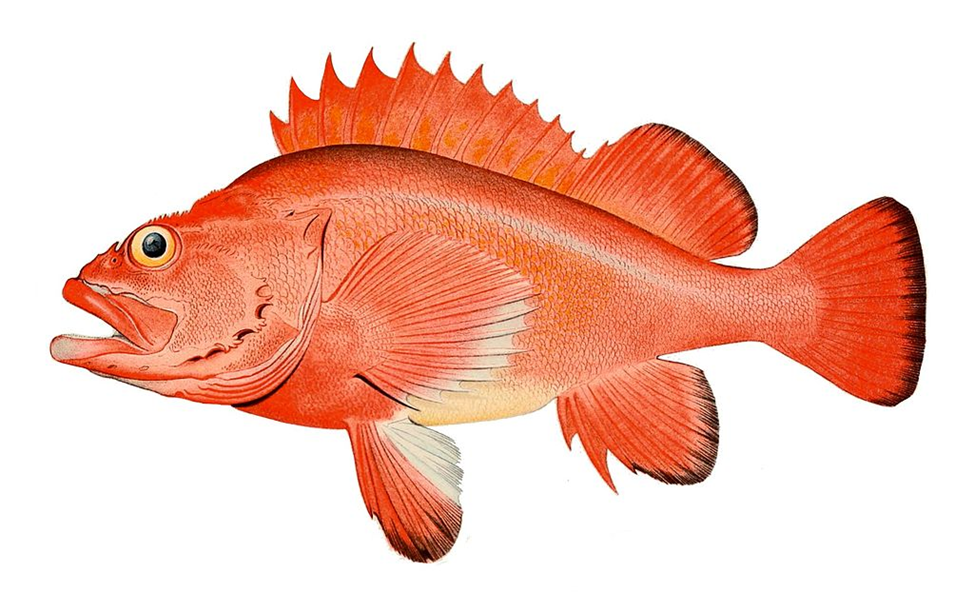 What Aleutian sea bass looks like (photo: Wikipedia)
What Aleutian sea bass looks like (photo: Wikipedia)
Freshwater pearl: over 250 years old
Freshwater pearls (Margaritifera margaritifera) are bivalves that filter food particles from the water. They live mainly in rivers and streams and can be found in Europe and North America.
According to the World Wildlife Fund, the oldest known freshwater pearl is 280 years old. These invertebrates have a long lifespan due to their low metabolism.
Freshwater pearls are an endangered species. According to the International Union for Conservation of Nature, their population is declining due to a variety of anthropogenic factors, including damage and changes in the riverine environment on which they depend.
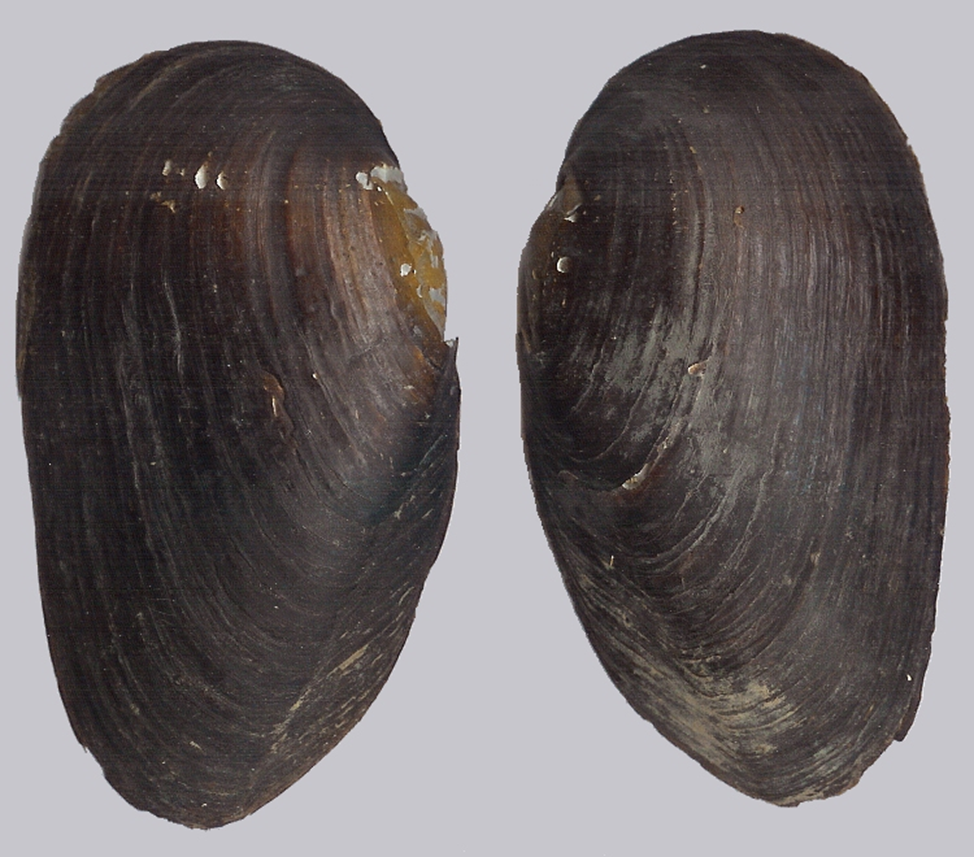 What a freshwater pearl looks like (photo: Wikipedia)
What a freshwater pearl looks like (photo: Wikipedia)
Greenland shark: over 272 years old
Greenland sharks (Somniosus microcephalus) live far out in the Arctic Ocean and North Atlantic. According to the Shark Observatory in Canada, they can grow up to 7.3 meters in length and feed on a variety of animals, including fish and marine mammals such as seals.
A 2016 study of bowhead shark eye tissue showed that the maximum life expectancy of these sharks is at least 272 years. The age of the oldest shark in this study was estimated at approximately 392 years. The researchers suggested that sharks can live up to 512 years.
The age estimate was subject to some degree of uncertainty, but even the lowest estimate of 272 years makes these sharks the longest-lived vertebrates on Earth, according to researchers from the Greenlandic Institute of Natural Resources.
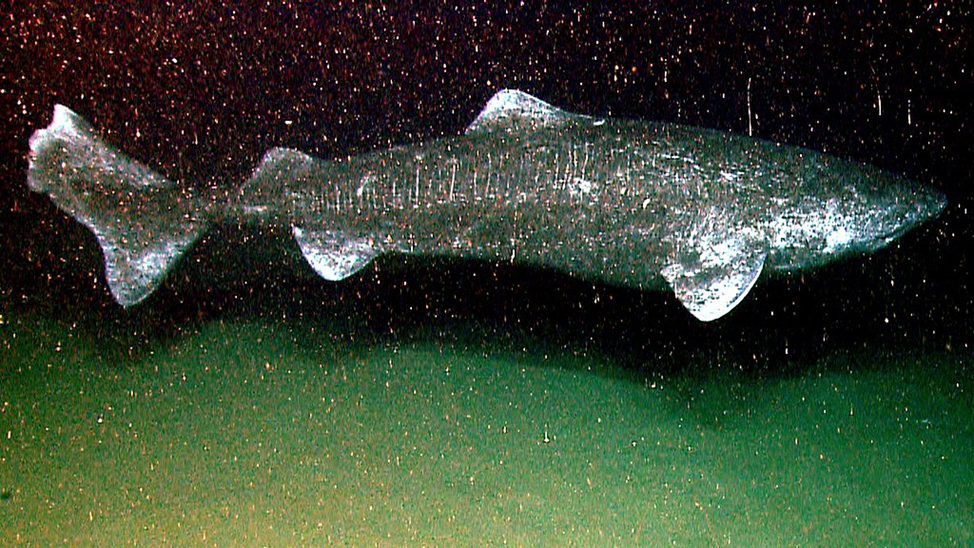 What a bowhead shark looks like (photo: Wikipedia)
What a bowhead shark looks like (photo: Wikipedia)
Tubeworm: over 300 years old
Tubeworms (Tubifex tubifex) are invertebrates that live on the ocean floor.
According to the Woods Hole Oceanographic Institution's Dive and Discover website, the bacteria in their tubes create sugar from chemicals they absorb for food from the water around them. Some tube worms live around hydrothermal vents, and the longest-lived species are common in cold and stable environments.
A 2017 study published in the journal The Science of Nature found that Escarpia laminata, a species of tubeworm that lives in the Gulf of Mexico, typically lives up to 200 years, with some specimens surviving for more than 300 years.
Tubeworms have a slow metabolism and few natural threats, which has helped them develop such a long lifespan.
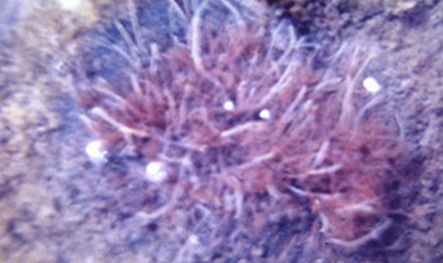
What a tube worm looks like (photo: Wikipedia)
Sources: Live Science, Animal World, Dive and Discover, Exploring Our Fluid Earth, and Wikipedia.

